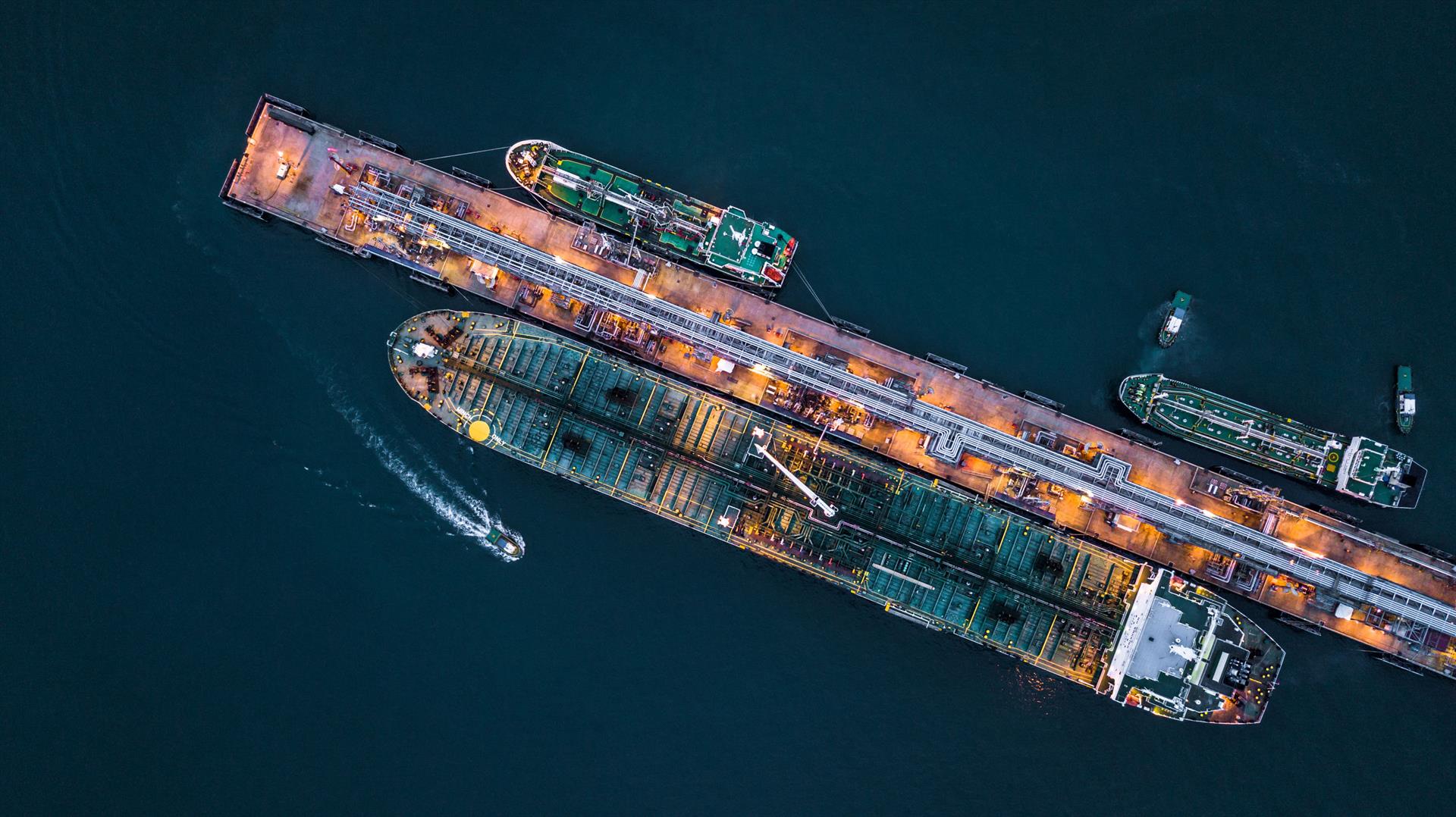

The year 2020 will be remembered for many reasons. It will unlikely be remembered as the first time IMO environmental negotiations were hosted online. But the seventy-fifth meeting of the Marine Environment Protection Committee in November stood out for another reason. It was also a first chance to set early measures to cut shipping’s emissions in line with IMO’s greenhouse gas strategy. And, fittingly for a virtual meeting, some of the key outcomes themselves will rely on digital solutions.
A near global lockdown could not be allowed to get in the way of environmental regulation; there is no time to lose. A staggered (and perhaps staggering) set of targets face the industry. First to reduce emissions per transport work - or ‘carbon intensity’ - by at least 40% by 2030, compared to a 2008 baseline. Then, by 2050, to cut total emissions from ships to no more than half of 2008 levels – even with the subsequent growth in seaborne trade. Finally, to eliminate emissions altogether before the end of the century.

Given the urgency, the meeting was not put off but moved online. Member states and other delegations hammered out draft amendments to IMO’s keystone marine pollution treaty, Marpol, over the internet. Their agreement will enshrine measures including the first GHG reduction targets for existing ships and the first commitments to operational rather than design changes.
Measures is a fitting word. Although details will need to be finalised and adopted at next year’s MEPC, it is already clear that the first short-term regulatory requirements will have a strong focus on measurement. Among them are two separate indices designed to highlight ships’ emissions.
Efficiency indicators
The first is the Energy Efficiency Existing Ships Index (EEXI). Based on the current Energy Efficiency Design Index (EEDI) that is used to set the efficiency requirements for newbuild vessels, EEXI will indicate the required efficiency of existing ships compared to a baseline dependent on the ship type and size. As a design indicator, these improvements – which will be mandatory from 1 January 2023 depending on certification dates – can be met by limiting engine power, switching to cleaner fuel or installing energy saving devices.
Accompanying the design requirements of the EEXI are further amendments to MARPOL that impose operational standards for ship efficiency. All vessels of 5,000 GT or more must determine their annual operational carbon intensity indicator (CII). The CII determines an annual reduction factor needed to ensure continuous improvement of the ship’s operational carbon intensity.
The attained annual operational CII – the actual measured carbon intensity based on emissions and transport work - will need to be documented and verified against the required annual operational CII. The performance against required CII will be reflected in an operational carbon intensity rating ranging from A to E. This will be recorded in the Ship Energy Efficiency Management Plan (SEEMP). A ship rated D for three consecutive years, or E, would have to submit a corrective action plan to show how it could achieve a C or higher. Administrations, port authorities and other stakeholders will be encouraged to provide incentives to ships rated A or B.
Although there has been discussion about whether enough was achieved at MEPC to reduce greenhouse gas emissions, these are important steps.
Increasing transparency
“The outcomes are in line with our expectations and we are prepared to assist shipping companies in complying with these regulations,” says Kay Dausendschoen, Solutions Director, Wärtsilä Voyage.
On the operational side we can create transparency on the connection of operations and emissions and with our systems we will put shipping companies in the position to manage their efficiency better.
- Kay Dausendschoen, Solutions Director, Wärtsilä Voyage
While Wärtsilä Marine Power can assist ship owners with EEXI compliance, for example by retrofitting engines or energy saving devices, Wärtsilä Voyage’s Fleet Operations Solution (FOS) can ensure that vessels achieve a good rating under the CII scheme. Integrating the ship’s bridge systems with cloud enabled operational planning, FOS facilitates vessel and fleet performance management. Multiple software modules focus on fuel optimisation, speed management and hull, propeller and engine condition.
FOS is also a platform for transparency and collaboration, enabling shipowners, operators, managers and their charterers access to the vessel insights needed to safeguard environmental compliance. In a complex business where separate companies can be responsible for different elements affecting ship performance, FOS can unite parties working towards better operational efficiency.
You need to create that transparency and then you need to improve. Our system is a measuring solution as well an improvement measure. The new regulations will be important and there will be a greater market demand for these kinds of solutions.
- Kay Dausendschoen, Solutions Director, Wärtsilä Voyage
The measures agreed at MEPC 75 are just the first, short-term steps in a long process. More dramatic changes will be needed. Further down the line IMO will need to address the idea of a market-based measure to reduce the incentive to use carbon-based fuels. Other, stricter operational and technical measures will no doubt also be required. But by demanding accurate measurement of emissions and encouraging shipowners to optimise operational efficiency. Early mover in the industry will be in a good position to take the action it needs to meet its targets and to strengthen their market position.




-min.tmb-448x262.jpg?Status=Master&Culture=en&sfvrsn=99ab8544_1)